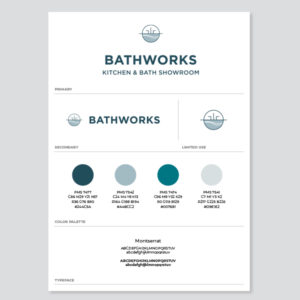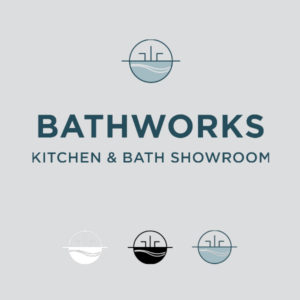Graphic Designers Tell All: Q&A with Carolyn and Jacob
WSA’s graphic design team, Carolyn Price and Jacob Strous, reveal how we collaborate with our partners to create effective branded environments. How do you begin the environmental graphic design process with clients? CP: At the very beginning of a project, we review and analyze both the client’s existing brand and their existing space. Through interviews […]
WSA’s graphic design team, Carolyn Price and Jacob Strous, reveal how we collaborate with our partners to create effective branded environments.
How do you begin the environmental graphic design process with clients?
CP: At the very beginning of a project, we review and analyze both the client’s existing brand and their existing space. Through interviews and visioning sessions, we define the brand’s target audience, key differentiator, and cultural aspects. We establish how people will interact with the space and what challenges need to be addressed. The first objective is to understand what will make this project successful.
JS: It’s a collaborative process aimed at visualizing the unique traits of each client. We start by asking questions, lots of questions, with the goal of helping us understand the story and business case behind the environmental graphics. Once we lay the groundwork, we make sure to check in frequently with our client to collect and incorporate feedback into the work as we go along.
How do you visually represent a brand’s values and mission?
CP: After we outline the user’s journey through the space, we identify high-impact areas to place messaging and brand representations. We consider color, iconography, type, imagery, materials to bring the client’s brand to life in the space and create an experience that aligns with the company’s greater mission.
JS: A company’s values and mission are the guiding compass for our creative work. They set the tone for the visual brand language and serve as a benchmark to help us narrow down solutions.
How do you coordinate with the architecture and interior design of the space?
CP: The project team works in unison to incorporate a company’s brand experience into every detail of the space. We work together to specify wall finishes, power or data needs, and coordinate materials and finishes. This process ensures that the graphic design, architecture, and interior finishes are cohesive and on-brand. In the end, we save our clients time and money by providing a holistic, all inclusive design.
JS: Environmental graphics should work with the architecture and interior design of the space. It’s important to pay attention to details like color coordination and scale while also keeping in mind big picture items like traffic flow and intended space use.
How do organizations benefit from environmental graphics?
CP: Organizations need environmental graphics to infuse their space with their story, emphasize their values, and to make it uniquely their own. Environmental graphics not only add personality, but they are a functional tool that can improve workflow, boost employee mood, and guide visitors through the space.
What makes environmental graphics successful on a project?
CP: When an associate or visitor learns something new; When an installation becomes an Instagramable moment; When the branding makes someone stop and look; When it helps someone find a room; When someone knows they are in the right place.
Does your space tell your story?
Fill out the form below to schedule a free virtual consultation with our graphic design team.

